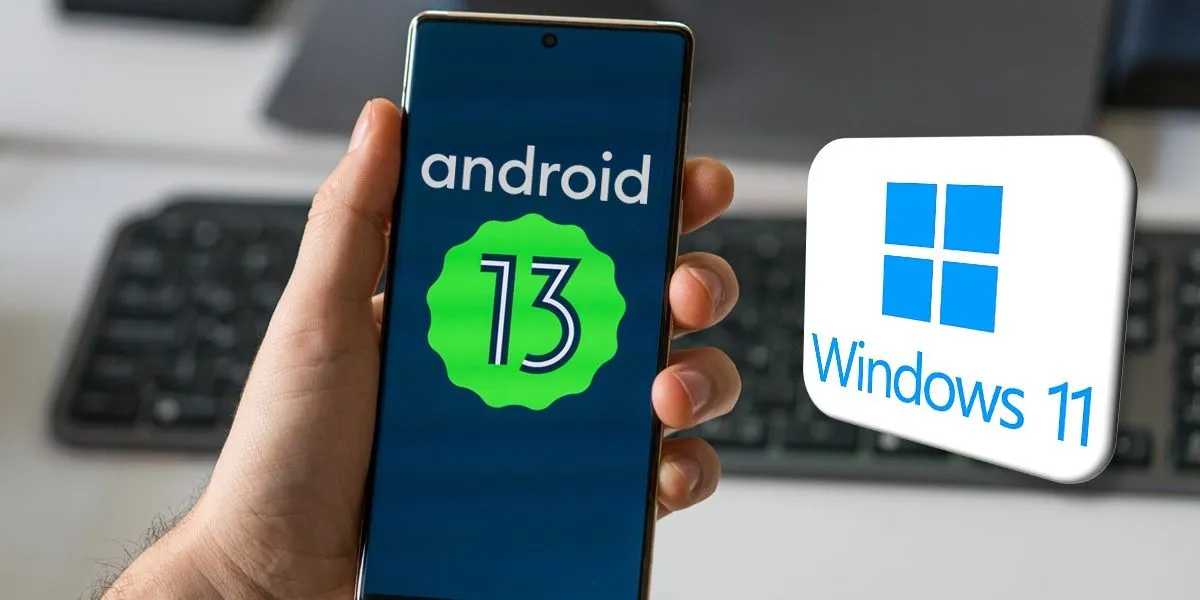Google’s Android 13 QPR1 program launched the second beta version of Android 13, focusing on improving and redesigning certain aspects of the operating system.
If you look at the official release notes(opens in a new tab) there is very little information available. We do know that only Pixel phones will get this beta. More specifically, these devices are the Pixel 4a, 4a (5G), 5, 5a, 6, 6a, and Pixel 6 Pro. However, famed Android expert Mishaal Rahman broke down everything he found in the beta in a Twitter thread (opens in a new tab). He pointed to specific changes made to the Settings app, the addition of new animations, and more battery usage information.
Changes and redesigns
In the Settings app, Rahman spotted a new App Battery Usage page that gives users a brief overview of which apps are using the most battery. The beta also reintroduces the Battery Health feature under Settings Services, which originally appeared on Android 12. This tool goes into more detail about how a Pixel phone uses its battery. It dates back to when the device was last fully charged(Opens in a new tab), but that was a long time ago, and tips on how to extend battery life. Other reports show Battery Health showing users their device habits(opens in a new tab).
New support for a predictive back gesture(opens in new tab) was discovered on Settings. This is an animation that lets you peek at where you will go before swiping on an app so people can decide if they want to stay or leave. Speaking of animations, a new one was shown off on the Google News Telegram channel for Pixel’s biometric authentication tool(opens in new tab) . Now, a checkmark will appear on-screen after the phone’s fingerprint reader successfully reads your fingerprint. Nothing major, but still a helpful indicator.
The last group of noteworthy changes revolves around redesigning menus. For example, Clear Calling, a feature that reduces background noise during calls, has a new image and description, although it isn’t available to use, according to Rahman. And the Safety Center has been slightly redesigned, surfacing tools like Google Security Checkup.
Joining the program
If you’re interested in trying out the beta, you first must sign up for the beta program on the Google website (opens in a new tab) (assuming you have an eligible phone). It may take up to 24 hours to receive updates. You can check if you have it by going to System Updates in the Settings app. Google is also soliciting feedback, which you can provide by sending it directly through the settings or by hopping on to the official Android Beta Program subreddit (opens in a new tab).
Considering this is a beta version, you may experience performance issues. Note that, according to Google, reverting to a more stable version of Android after trying a beta version will require you to clear “all locally saved data” on your device. Therefore, it is best not to use everyday equipment.
Read more articles: https://www.facebook.com/RedTomElectronics/





